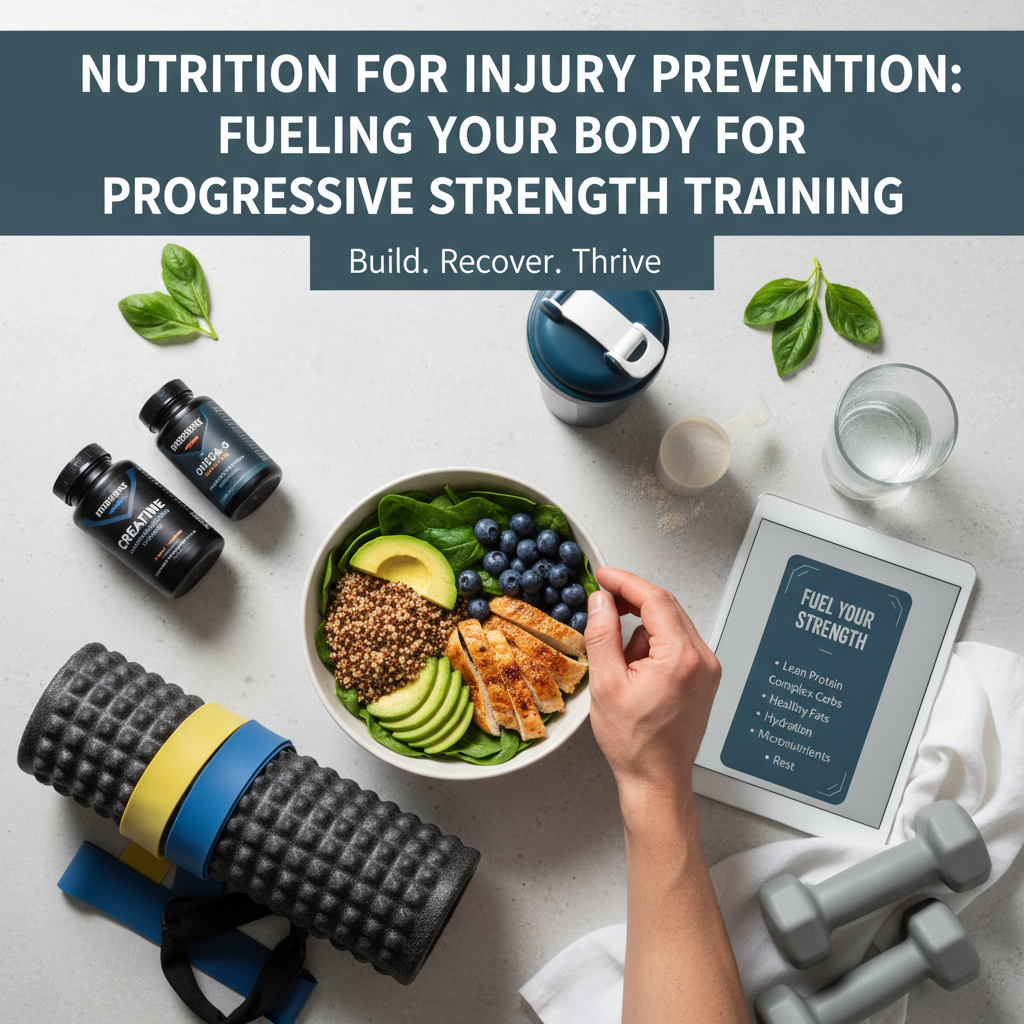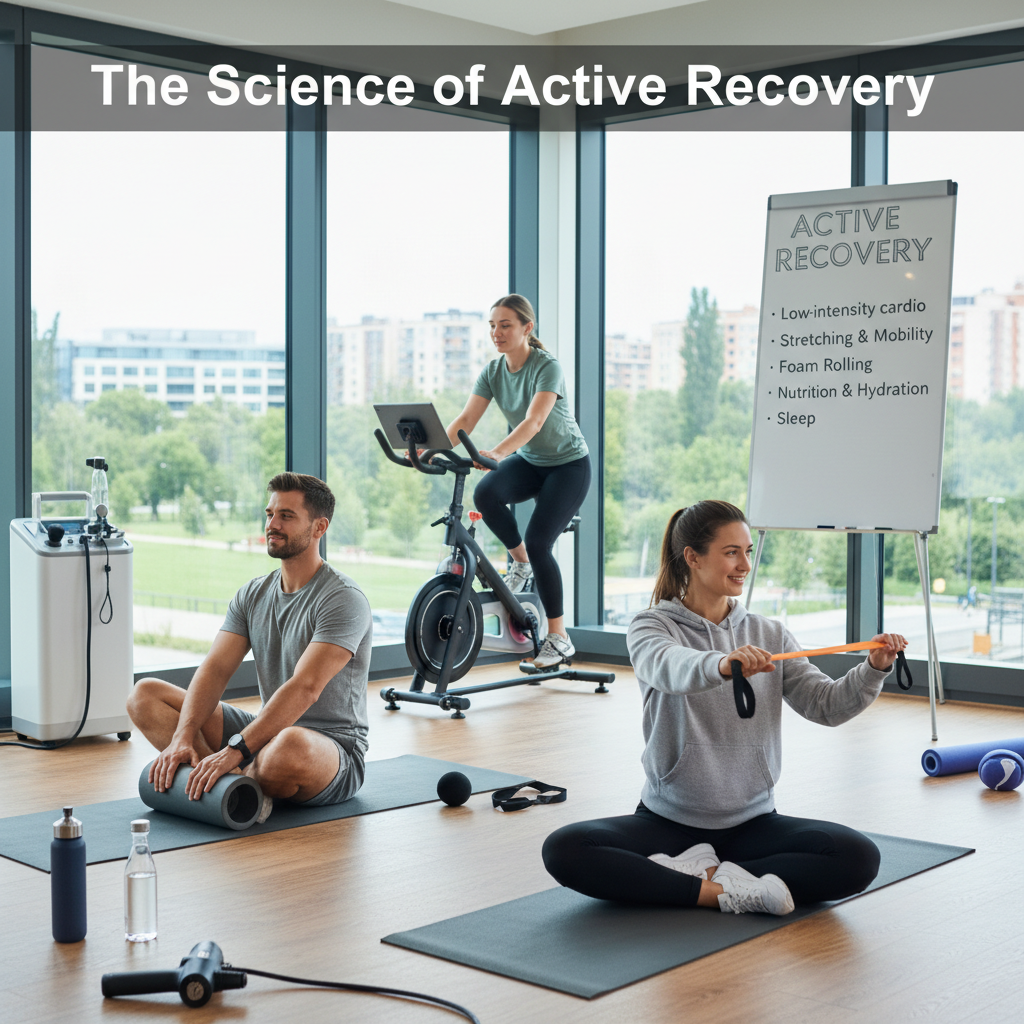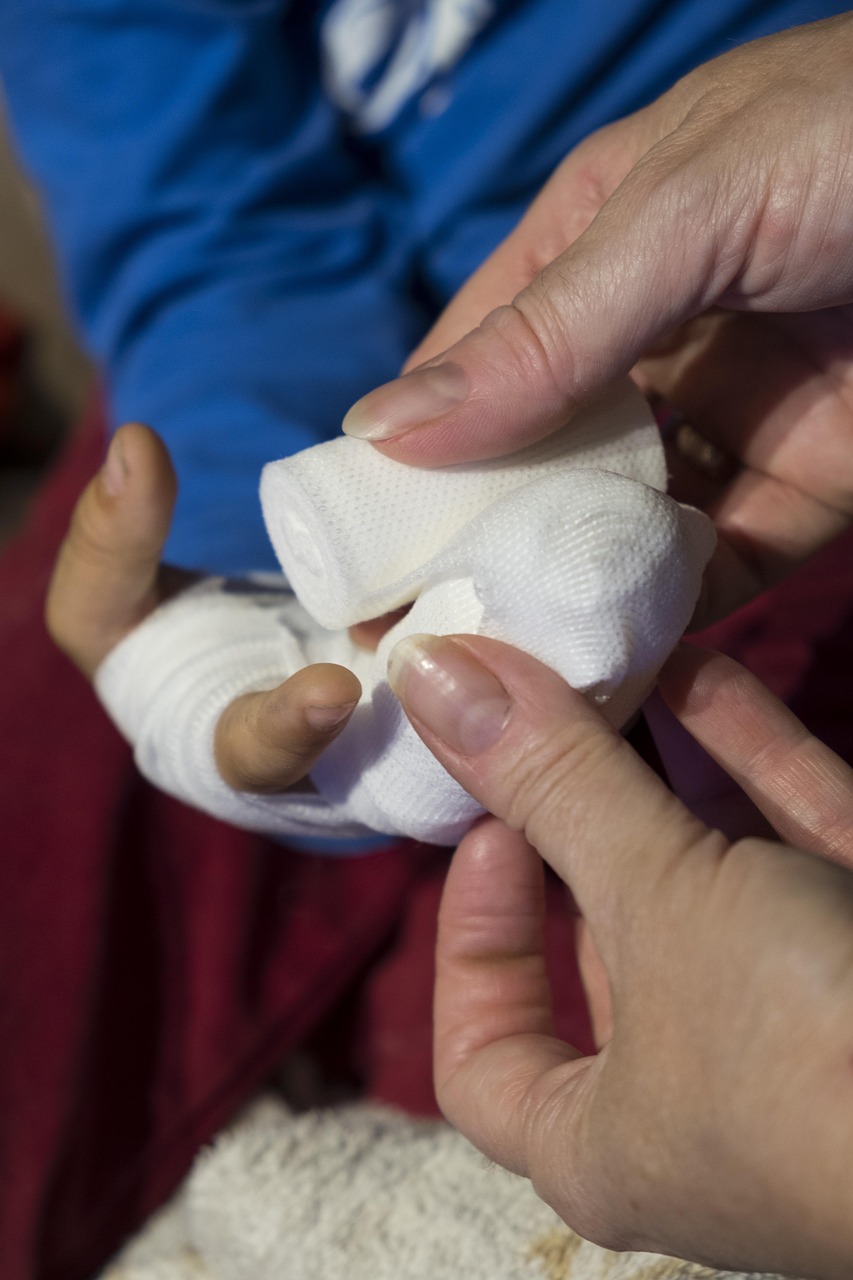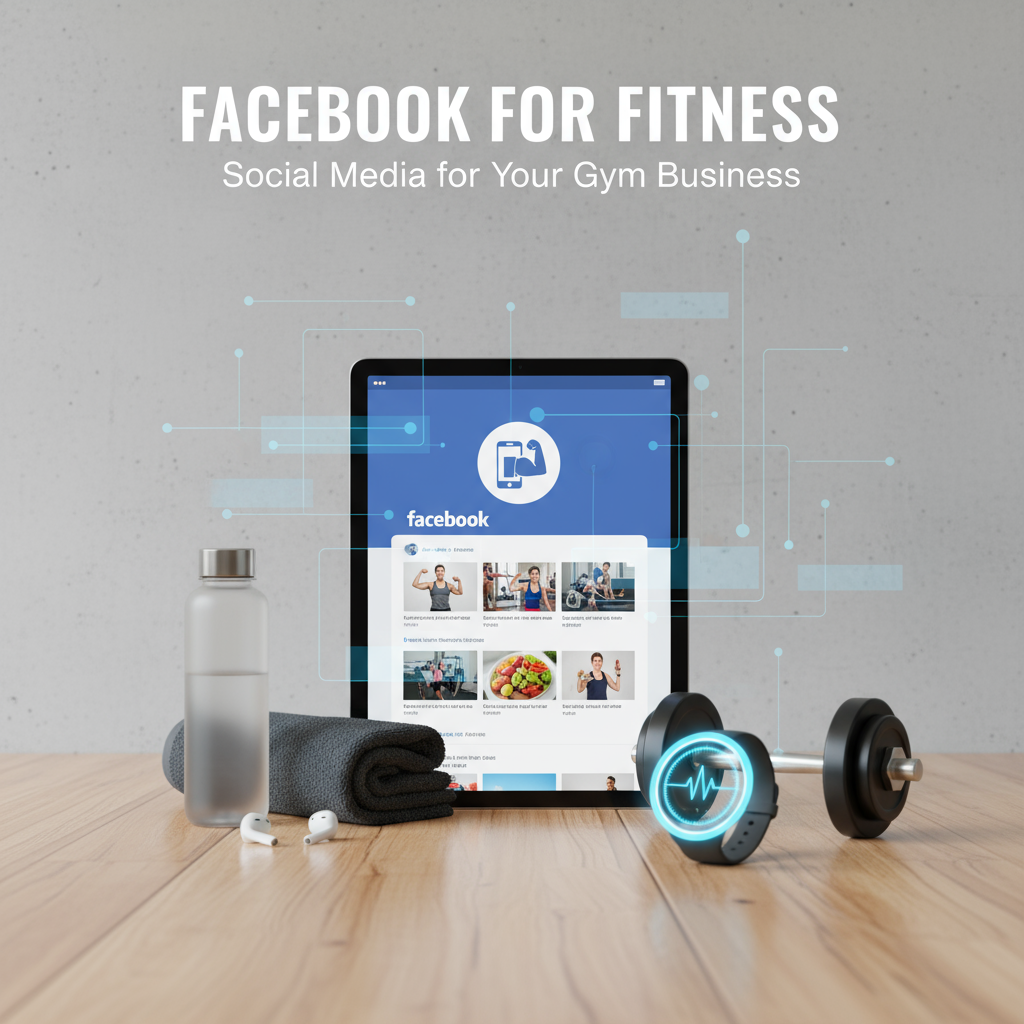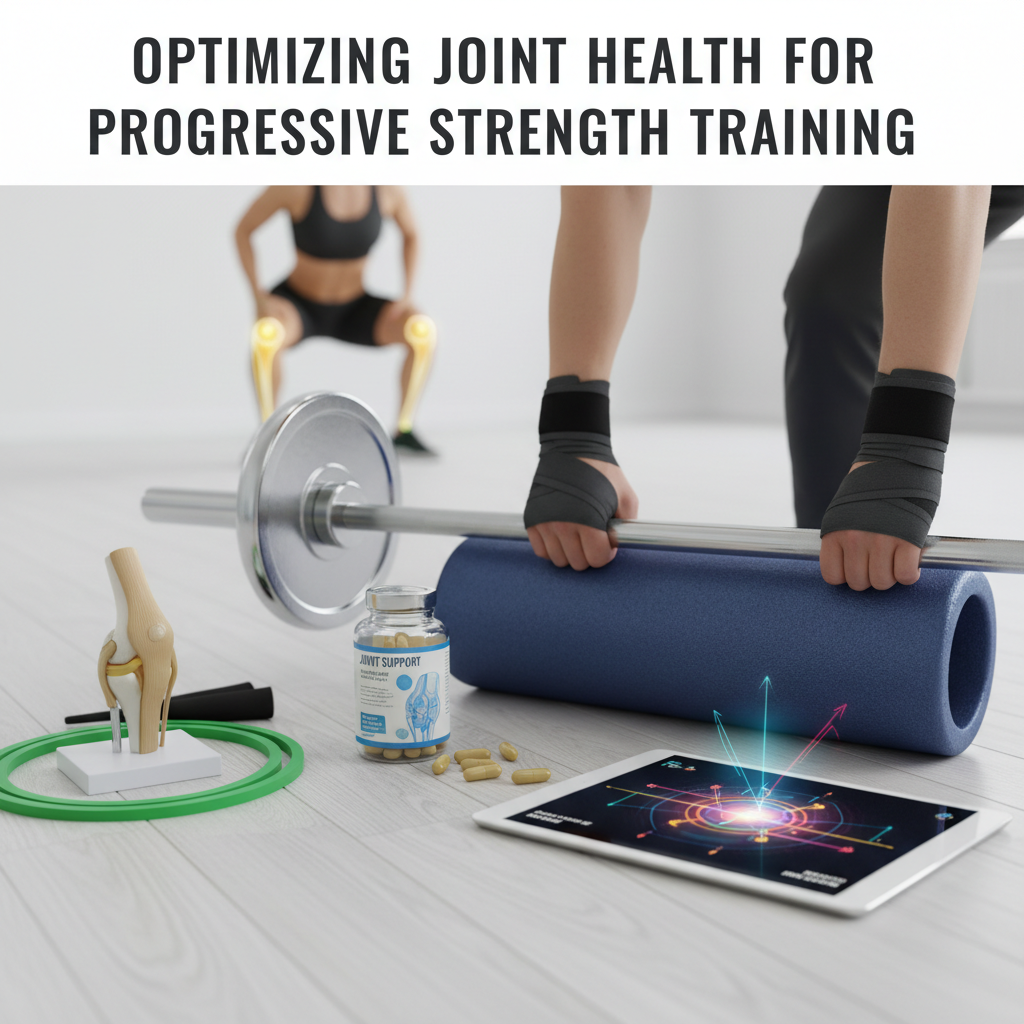
Optimizing Joint Health for Progressive Strength Training
Optimizing Joint Health for Progressive Strength Training: Top 10 Strategies
This is for lifters, coaches, and athletes who are pushing progressive strength training but keep hitting joint pain, plateaus, or the fear of a training-stopping injury; you’re frustrated because programs increase load but your knees, shoulders, or hips don’t seem to keep up, and you're worried every heavy day could set you back. Learn more about pain, plateaus, or the fear of a training-stopping injury. Our team supports you with practical, evidence-based joint strategies—mobility plans, warm-up protocols, and targeted recovery tactics—so you can keep adding strength without trading it for pain.

Why joint health matters for strength training
Think of joints as the gearbox in a high-performance car—if they grind, power goes nowhere. Strong muscles are great, but if mobility and joint resilience lag, you’ll stall progress and risk injury. From what I’ve seen, small wins in joint care can unlock months of strength gains fast.
Top 10 ways to protect and improve joint health during progressive training
1. Prioritize quality warm-ups (not just cardio)
What to do: 8-12 minutes of movement-specific warm-up that increases blood flow and activates stabilizers. Example: 5 minutes light rowing, then banded shoulder dislocates, glute bridges, and 2 sets of movement rehearsals for your main lifts (like empty-bar squats or Romanian deadlifts).

Why: Warm-ups reduce stiffness and lower acute injury risk, they also improve lift technique when you’re fresh. Simple, effective, done.
2. Build mobility into the program, not as extra
Do mobility drills that relate to the lifts you’re progressing. If you bench press heavier, do thoracic rotations and pec wall stretches. For squats, add ankle dorsiflexion work and hip CARs (controlled articular rotations).
Quick tip: 5 minutes of focused mobility after your main work beats random stretching between sets.
3. Use progressive loading for tendons and ligaments
Tendons adapt slower than muscle. So: add slow, controlled eccentric reps and isometrics (like 3-5 second negatives, then 10-20 second holds) 2-3 times per week. This stimulates collagen remodeling and increases tensile strength.
4. Strengthen joint-stabilizing muscles
Don’t only chase big compounds. Include single-leg RDLs, rotator cuff work, banded external rotations, and Pallof presses. These cost little time and protect joints under heavy loads.
5. Program sensible volume and frequency
There’s a sweet spot. Push progressive overload, but watch joint soreness as a barometer. If joints are sore for 72 hours after heavy sessions, dial back volume by 10-20% and monitor. Overtraining joints is a slow burn.
6. Master recovery: cool-downs, sleep, and load management
A good cool-down includes gentle mobility and 3-5 minutes of slowing the heart rate, and some deep breathing (seriously). Sleep 7-9 hours when you can—collagen repair, inflammation control, growth hormone spikes during sleep, they all matter.
7. Use targeted manual therapy and self-massage
Foam rolling or a few minutes with a lacrosse ball on tight calves or quads can change movement quality. And yes, seeing a therapist for 2-3 sessions often gives exercises and adjustments that actually stick.
8. Nutrition and supplements that support connective tissue
Eat protein every meal (aim for at least 25-35g) and get vitamin C from fruit or veggies to support collagen synthesis. Supplements that some people find helpful: glucosamine, chondroitin, and collagen peptides taken with vitamin C. Look at omega-3s too for inflammation control.
One caveat: supplements aren’t magic. They’re a support, not a replacement for proper loading and recovery.
9. Optimize technique and seek coaching
Small technique fixes save joints. Tucking the elbow slightly on presses, maintaining neutral knees in squats, or improving thoracic extension can shave off joint stress. Record lifts, get feedback, and iterate. I’ve watched someone fix a recurring shoulder tweak in three sessions by fixing scapular control—true story.
10. Use proactive pain rules and red flags
Not all pain is equal. Sharp, shooting, or worsening pain that persists through rest is a red flag. But joint stiffness that improves with warm-up often means you can train, just scale intensity. When unsure, pause and get professional advice (our team can help assess and create a modification plan if you want).
Common questions people ask (quick answers)
How long should my warm-up be before heavy squats?
8-12 minutes total, with 3-5 specific sets working up from light to near-training weight (reps decreasing, intensity increasing). Include ankle and hip mobility during those early minutes. This usually does the trick.
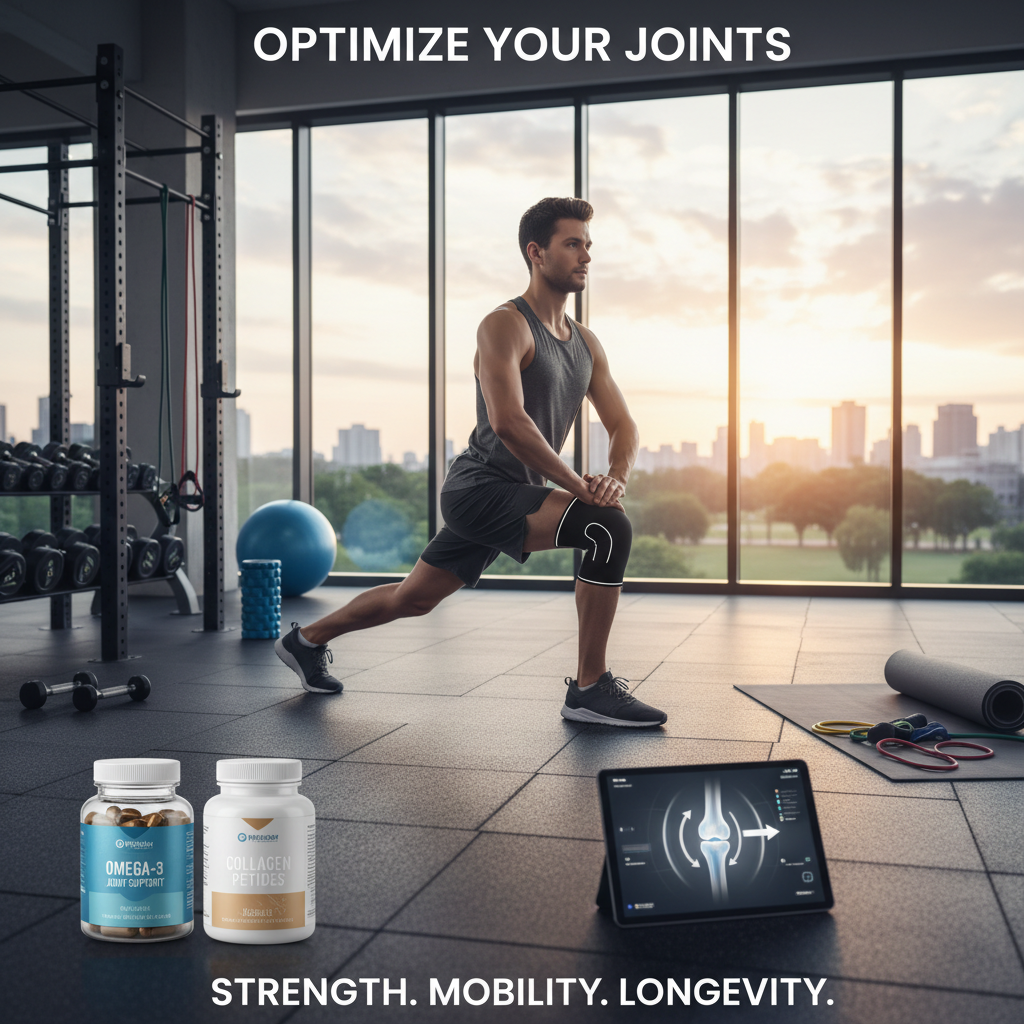
Which supplements actually help joint pain?
Evidence supports glucosamine and chondroitin for osteoarthritic symptoms in some people, and collagen peptides plus vitamin C can support tendon repair. Omega-3s reduce systemic inflammation. Still, results vary—try a 12-week trial and monitor function, not just pain.
How do I know if joint pain is an injury or just soreness?
If pain changes your movement pattern, is sharp, or doesn’t improve with rest and light mobility within 3-5 days, treat it as an injury. If discomfort eases with warm-up and you can move through range with no sharp feeling, it’s usually safe to train with modifications.
Final practical checklist before your next heavy session
- Warm-up 8-12 minutes tailored to the lift
- Do 1 targeted mobility drill per major joint (hip, knee, shoulder)
- Include 1 stabilization exercise at the end of warm-up
- Plan recovery: sleep, nutrition, and a 5-minute cool-down
- Have a rule: back off if sharp pain appears or if joint soreness persists 72 hours
Look, strengthening without smart joint care is like building a house on sand. Protect the foundation, and your gains will stick. If you want a quick audit of your warm-up and mobility plan, our team can review a 60-second video and give precise tweaks so you stop guessing and start progressing.
